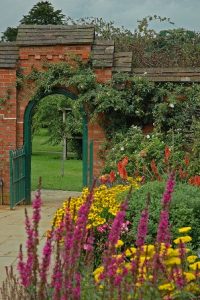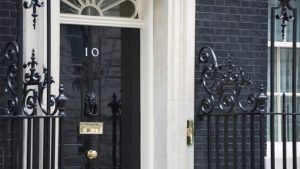
Residences
Chartwell, Kent
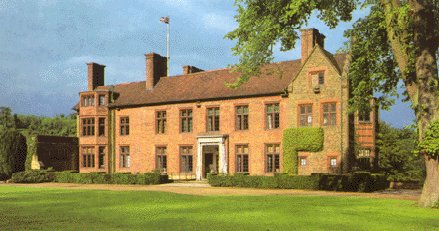
February 11, 2009
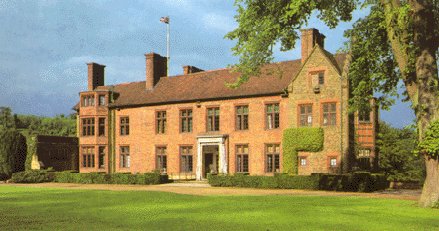 For the first two years after Churchill bought Chartwell, he was out of office, but he was reelected as member from Epping in October 1924. He served as Chancellor of the Exchequer in Baldwin’s cabinet until 1929. Politics dominated life at Chartwell but it was very much a family home for Winston, Clementine and their four young children. Although he demanded absolute quiet when he was working in his study, when that was over he joined in alarmingly strenuous high-jinx with his children.
For the first two years after Churchill bought Chartwell, he was out of office, but he was reelected as member from Epping in October 1924. He served as Chancellor of the Exchequer in Baldwin’s cabinet until 1929. Politics dominated life at Chartwell but it was very much a family home for Winston, Clementine and their four young children. Although he demanded absolute quiet when he was working in his study, when that was over he joined in alarmingly strenuous high-jinx with his children.
The Dining Room was the scene of many games of charades and theatricals. The garden was a place of enchantment for everyone. For the three elder children he built a tree-house, and for the youngest, Mary, a little brick summer house called “Mary cot.”
Christmas was the highlight of the family’s year, when the house was decorated with ivy, laurel, yew and holly.
Clementine’s watchful eye supervised a staff of eight or nine indoor servants, a chauffeur, three gardeners, a groom for the polo ponies and an estate bailiff. The head of Churchill’s secretarial corps was Grace Hamblin, who arrived in 1932. (See Memories)

2024 International Churchill Conference
During the 1920’s Chartwell was used mainly as a weekend home (the family lived at 11 Morpeth Mansions in London), but in May 1930 the Conservative Government was defeated. This had been preceded by the Wall Street Crash in October 1929. The house was mothballed and the family moved to the Well Street cottage at the southern end of the garden (now the Administrator’s house).
Churchill’s prolific writing during the 1930’s allowed him to reopen Chartwell and enlarge and improve the garden, build a tennis court, the brick walls, a swimming pool and an island in the lake. (See House and Garden)
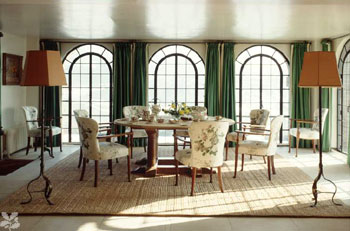 Chartwell hosted many Churchill family, friends, political and business associates, and celebrities from around the world. Many signed the visitor’s book just inside the front door.
Chartwell hosted many Churchill family, friends, political and business associates, and celebrities from around the world. Many signed the visitor’s book just inside the front door.
Despite all this activity Churchill’s daily routine changed little during these years. He awoke about 7:30 a.m. and remained in bed for a substantial breakfast and reading of mail and all the national newspapers. For the next couple of hours, still in bed, he worked, dictating to his secretaries.
At 11:00 a.m., he arose, bathed, and perhaps took a walk around the garden, and took a weak whisky and soda to his study.
At 1:00 p.m. he joined guests and family for a three-course lunch. Clementine drank claret, Winston champagne, preferable Pol Roger served at a specific temperature, port brandy and cigars. When lunch ended, about 3:30 p.m. he returned to his study to work, or supervised work on his estate, or played cards or backgammon with Clementine.
At 5:00 p.m., after another weak whisky and soda, he went to bed for an hour and a half. He said this siesta, a habit gained in Cuba, allowed him to work 1 1/2 days in every 24 hours. At 6:30 p.m. he awoke, bathed again, and dressed for dinner at 8:00 p.m.
Dinner was the focal-point and highlight of Churchill’s day. Table talk, dominated by Churchill, was as important as the meal. Sometimes, depending on the company, drinks and cigars extended the event well past midnight. The guests retired, Churchill returned to his study for another hour or so of work.
A superb account of Churchill’s life at Chartwell can be found in the preamble ‘The Lion Caged’ in William Manchester’s The Last Lion, Alone, 1932-1940.
Subscribe
WANT MORE?
Get the Churchill Bulletin delivered to your inbox once a month.
